Hitachi Construction Machinery Co., Ltd. (TSE: 6305; “Hitachi Construction Machinery”) announced that it developed a battery-powered mini excavator prototype (5-ton class) in order to establish electric construction machinery technology for a market which is expected to rapidly take off in the future.
The current prototype was developed by Hitachi Construction Machinery Tierra Co., Ltd., a 100% wholly-owned subsidiary which develops, manufactures, and sells mini excavators and mini wheel loaders, in cooperation with the European Application Center GmbH (hereinafter “EAC”). EAC is a joint venture established in 2018 by Hitachi Construction Machinery and KTEG, a company within the Kiesel group which represents Hitachi Construction Machinery in the European region, to develop electric construction machinery and special application products.
Hitachi Construction Machinery has been involved in the development and manufacture of electric construction machinery from the early stages. To improve the worksite environment, the company began selling wired electric excavators in the 1990s based on small to medium-sized machinery and has delivered a total of over 100 in mostly the Japanese market to date. In addition, to reduce customer running costs in the mining field as well, Hitachi Construction Machinery has successfully delivered many ultra-large hydraulic excavators powered by wired, electric motors to mining sites around the world.
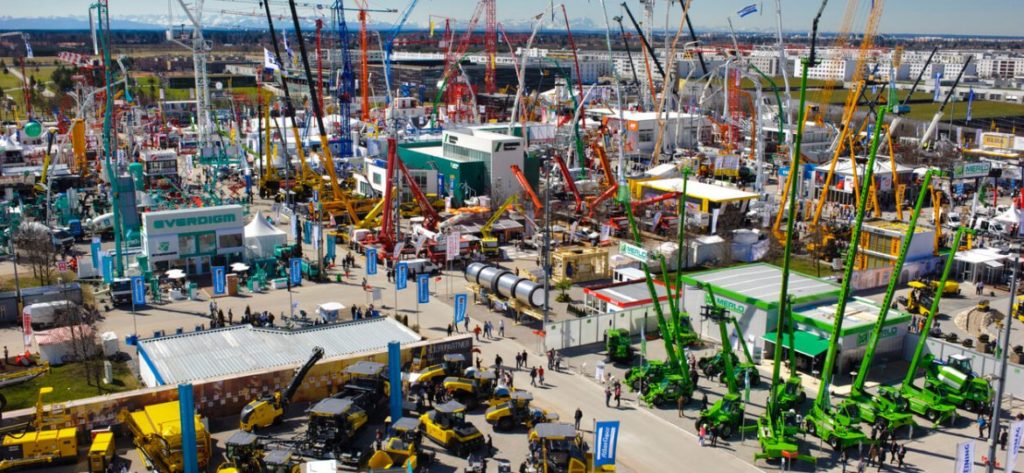
In recent years, environmental regulations have been strengthened in various countries and regions around the world to combat global warming and create low-carbon societies. In the construction machinery industry as well, the expectations toward electric construction machinery which does not emit carbon dioxide and other exhaust gases during operation are increasing similar to the automobile industry. In particular, the expectations toward battery-powered electric construction machinery are increasing with respect to the mini excavators used for construction in the overcrowded urban areas of European countries.
In 2006, Hitachi Construction Machinery developed and released the battery-powered ZX50UB-2 (5-ton class) and the ZX70B (7-ton class) on the market followed by the battery-powered ZX35B (3.5-ton class) in 2010. However, the need for such products was not as high as it is now, and the scale was also limited.
Against a backdrop of rising expectations for electric construction machinery in the European market, two battery-powered prototypes developed by EAC (2-ton class, 8-ton class) were exhibited in April 2019 at the “bauma 2019” international construction machinery trade fair held in Munich, Germany and drew considerable attention from the multi-national and regional visitors.
On the one hand, there are technical issues concerning the practical application of battery-powered electric construction machineries such as the high battery cost, long charging times, and the short operation times. In particular, when it comes to mini excavators, mounting the battery in the construction machinery tends to significantly increase the overall machinery size, which eliminates the original advantage of compact machinery in that it is able to demonstrate high operating efficiency even on confined sites. Moreover, there is an issue in that miniaturizing the battery makes it impossible to ensure the operating time required to perform work.
The major advantages of the current prototype are that it is based on a short rear-end swing design mini excavator (5-ton class) which allows efficient operation even in confined spaces, it is battery-powered, and it can be used with a commercial power supply. In order to utilize the advantages of the mini excavator to the fullest extent, the company sought to miniaturize the battery system and achieve a long operating time and through development was able to figure out a technical approach to fit it into the same size as the existing model.
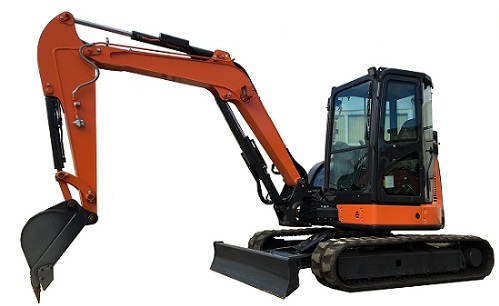
Going forward, the Hitachi Construction Machinery Group will share the latest information about the strict environmental regulations in the European market within the Group and continue developing electric construction machinery that meets the market needs through cooperation between Japan and Europe.
Furthermore, Hitachi Construction Machinery plans to utilize the prototype for future market research, and the release date and price are currently undecided.
The Hitachi Construction Machinery Group will continue to resolve the customer issues of “improving safety,” “increasing productivity,” and “reducing lifecycle costs” and strive to develop high value-added technologies and products that reduce the burden on the environment.
Primary prototype specifications
| Item | Prototype | |
| Bucket capacity | 0.14 m3 | |
| Dimensions | Overall length | 5,520 mm |
| Overall width | 2,000 mm | |
| Overall height | 2,530 mm | |
| Rear-end swing radius | 1,000 mm | |
| Machine weight | 4,910 kg | |
| Motor output | 33 kW | |
| Battery capacity | 39 kWh | |
Source: Hitachi



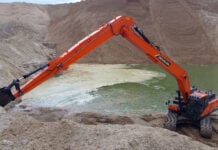
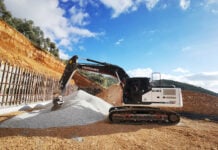
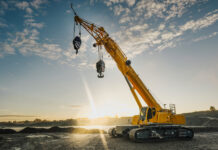
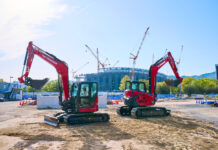
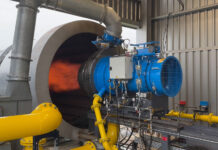
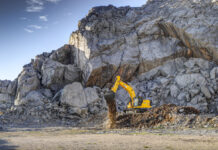
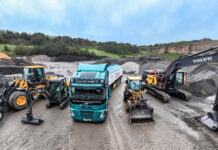
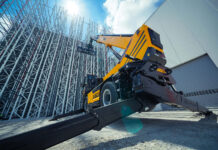
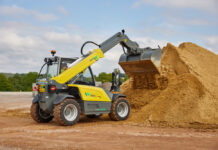
 Copyright 2017-2023 All rights reserved.
Copyright 2017-2023 All rights reserved.